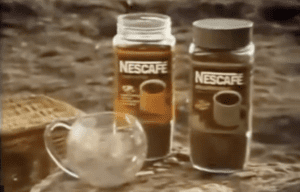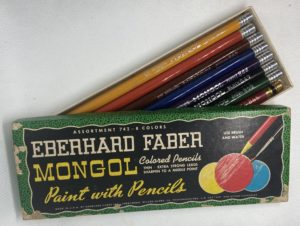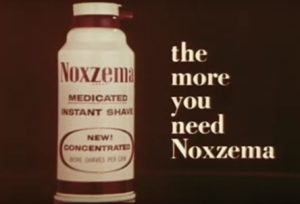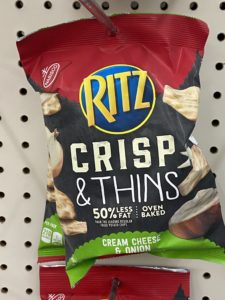In recent weeks, I have had a number of business people contacting me to help them find old brands to revive. They are looking for help to find brands that still have the cachet that might be able to be brought back, often working off the 100 Brands to Bring Back list that BrandlandUSA has published.
Companies are also doing this, searching their product lines for old marketing approaches or packaging that might draw in a new audience. A class at University of Dayton is working on this idea, too, and asked me for my impression of what makes a valued old brand.
Companies are desperate to do this, looking at examples such as the rebirth of brands Lilly Pulitzer and Mini, and seeing the potential moneymaking possibilities. (Pictured here, Paul McCartney’s Morris Mini at the Sarasota Classic Car Museum.)
Here at BrandlandUSA, we try to chronicle some of these great old brands, and help define what is a good brand, and what is not. Stepping back from the issue, you can’t exactly quantify what makes a good brand revival candidate; you just have to take each case on its own. Nevertheless, there are some criteria that I use when looking at an old brand, to see if there is “goodwill” left that can be turned into a revival. Many believed Shulton’s Old Spice deodorant was dead, but P&G tried some new marketing and line extensions and brought it back.
Certainly, accountants can look at “brand goodwill” and put a value on it, but I happen to think a lot of that is still arbitrary. Still, if a brand has decades of investment in advertising, that “goodwill” does have a value. What are some other factors?
- Residual image: They have a distinct allure that can resonate with me, and others, after the product is gone or has disappeared.
- Integrity: There is truthfulness in some part of the product’s past that makes coherent sense. This means that at one period of time, they had authenticity and an agreement with their audience.
- Divine Inspiration: I happen to be a Christian, and others might see it other ways, but in many of the cases of the beginnings of the brand, there is an a-ha moment where someone takes an idea that comes from nowhere, and makes something happen. When you tell the story of a good brand, it has that spark of life in it. The great Jewish department store entrepreneurs had this God-given vision, as did the great Kemmons Wilson, who started Holiday Inn after a family trip to D.C. went awry as he tried to find suitable places for his family to stay at a fair price.
- A Good Story: The story does not have to be all good, but the good has to be the central part. A brand evolves over the years. Key to a good story is the people who worked, over the years, to produce the brand. Did they value what they did? Then if that is the case, you have something there.
- Nothing Contrived: There is a decided lack of manipulation and the approach to marketing. Too many brands today are over marketed and have no authenticity. People today are looking for what is real. How else would brands like Pabst be revived if that were not the case?
- Family Values: There is a family connection. Very often these great brands are connected to a family company, and are not mere products conjured up out of a marketing study. Many have family names connected to them.
- Quality: At one time, there was a quality approach. At sometime during the product’s lifetime, the brand’s owners were desperately concerned about quality, and that reflects not only the making of the product but the packaging, distribution and staff who made it.
Agree? Disagree? Are there other factors to consider?













